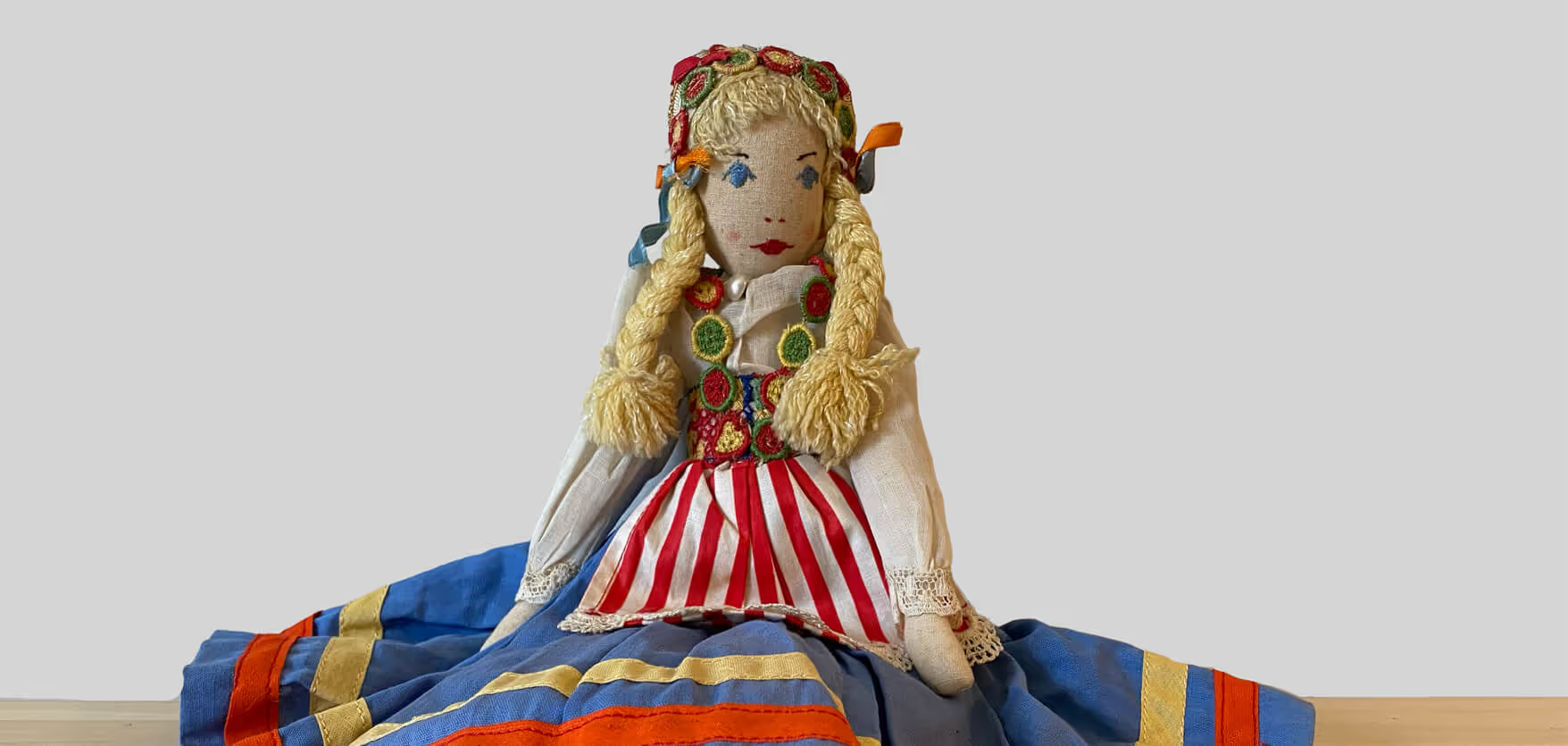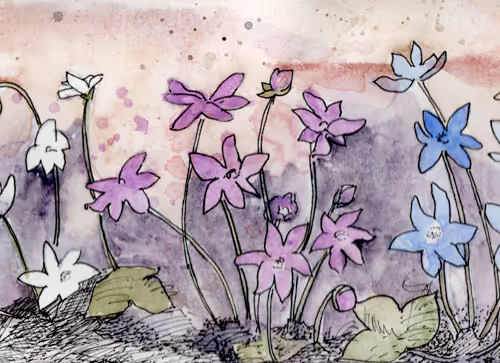Scribbles and Rumi: Rediscovering Creativity in a Time of Stillness
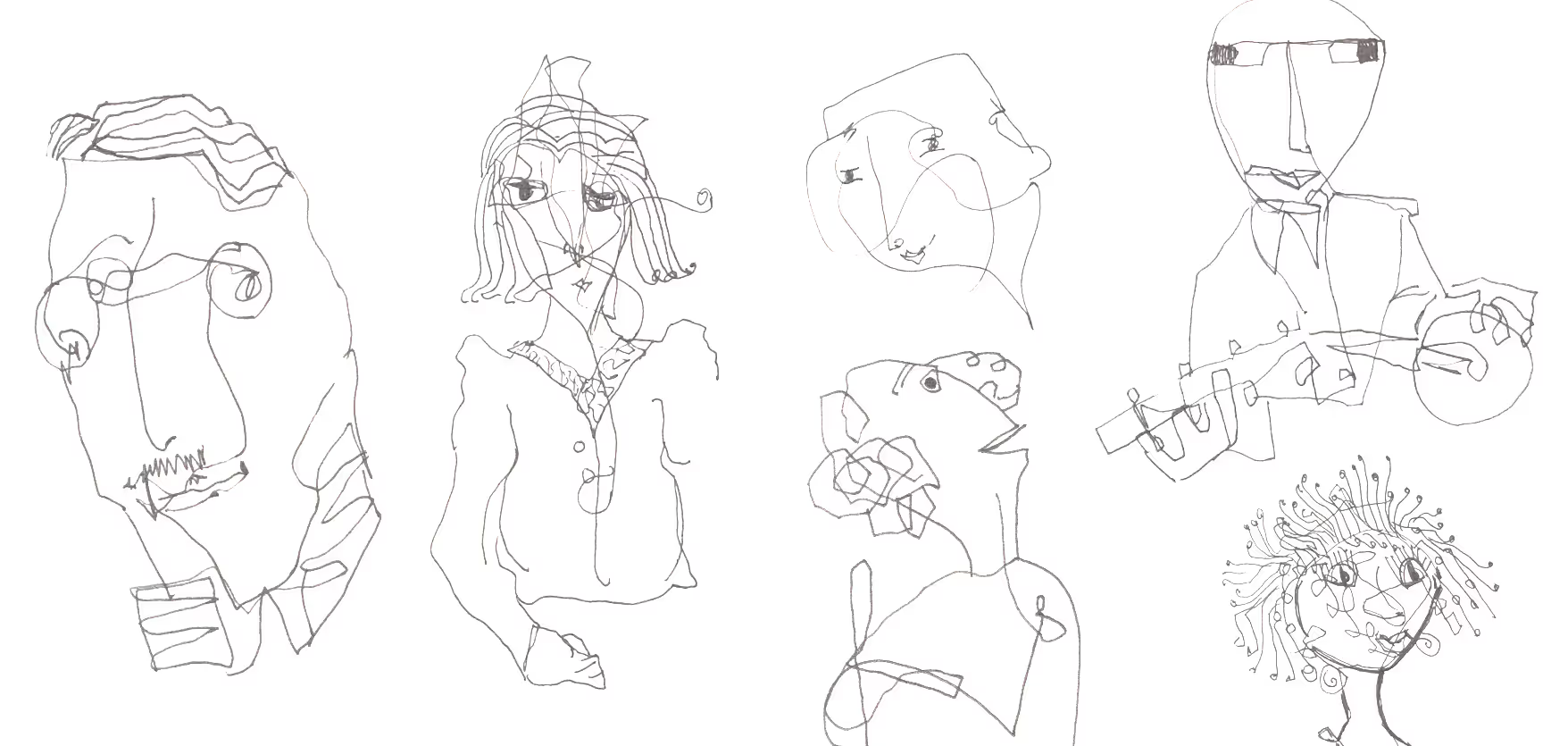
Most of us, in our earliest years, were great scribblers. With crayons and pencils in hand, we searched for connection through lines and shapes. These marks soon began to include stories, about our world, our families, the places we lived, and perhaps even a great round sun with radiant rays. This was a deeply creative time, often dimmed as we grew older and began comparing ourselves to others.
When COVID arrived, bringing with it a long period of isolation, I found myself unable to create. Though solitude can be valuable for an artist, my inspiration came to a halt. One day, I sat on my bed with a large newsprint tablet and a ballpoint pen, and simply scribbled. From the tangled lines, characters began to emerge, expressive and often amusing.
During that time, I found comfort in a book of Rumi's poetry. Though Rumi came from a different era and culture, his ancient words remain universal, offering timeless inspiration and deep truths. He wrote of love, the energy that binds us, and offered glimpses of how to become our best selves. For me, his poems were rich with visual imagery.
Without any real intention, a bit of synchronicity unfolded: my playful, whimsical drawings began to pair naturally with Rumi’s poems, phrases, and ideas. I enjoy making books, so I collected this series of drawings into one. My daughter, Courtney, helped lay out the book’s pages, a few of which are shared below.
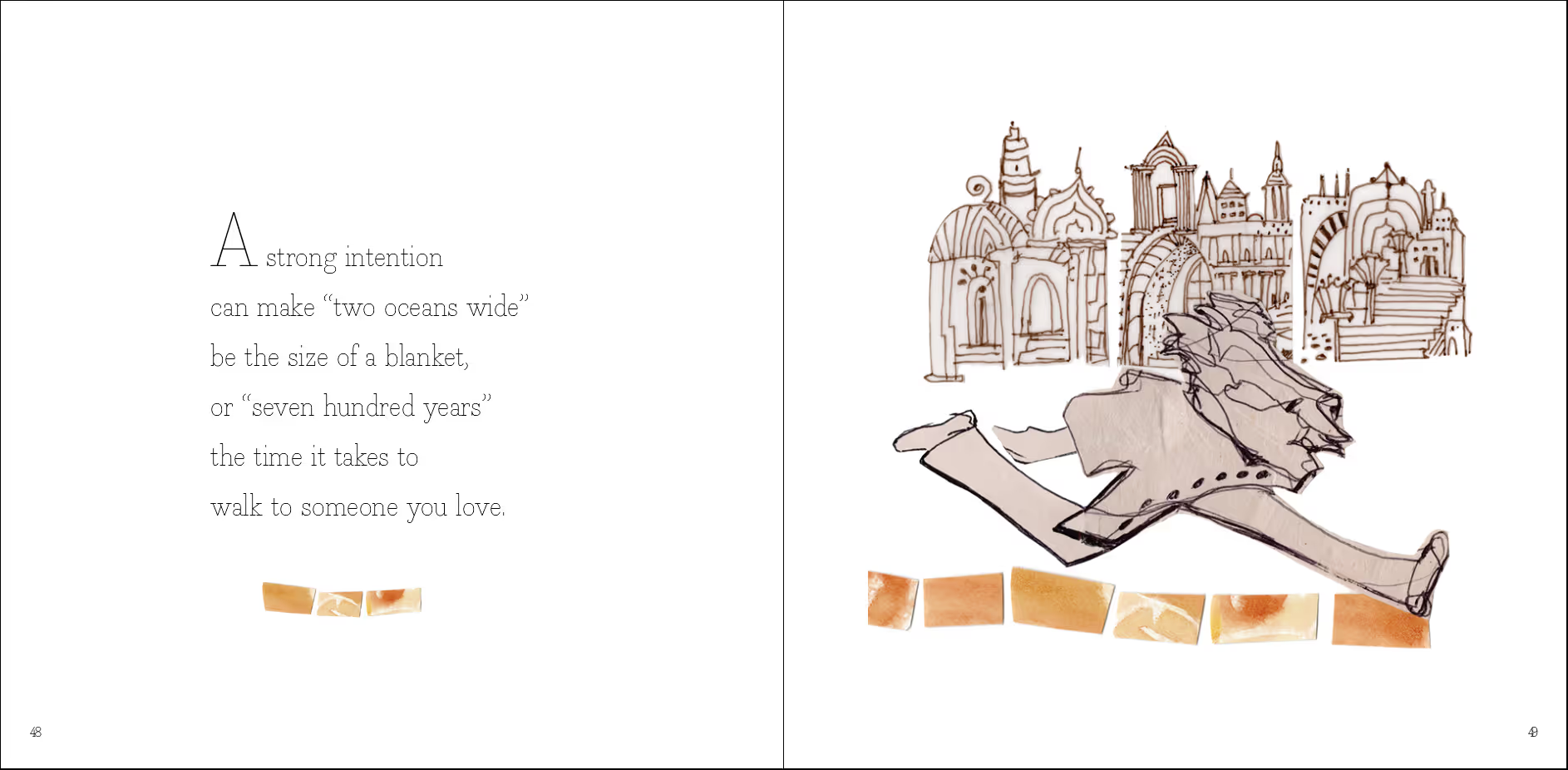



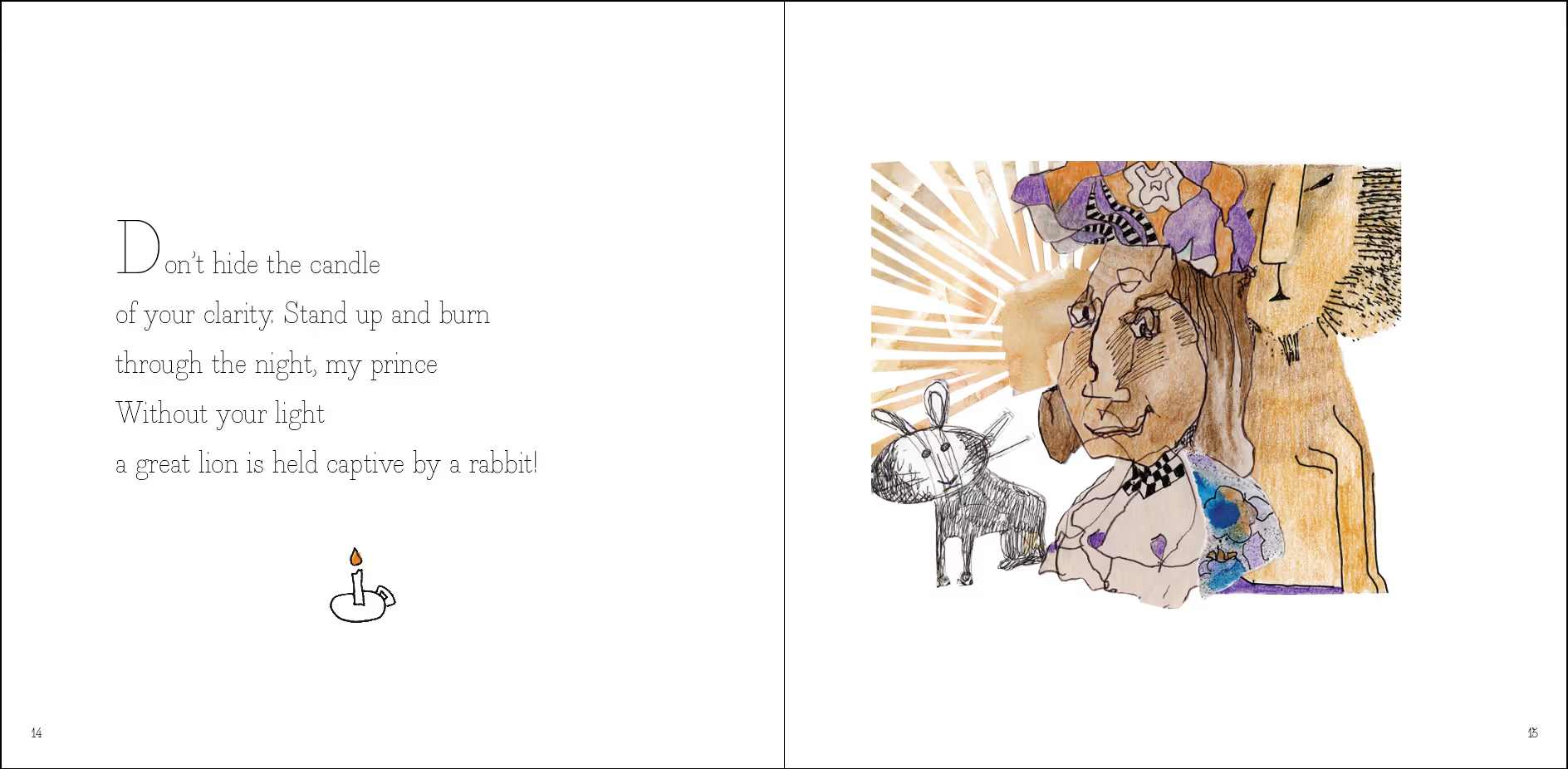



Being playful helps with artist blocks; scribbles, gesture drawings and doodles help us to reconnect with our creative selves. Drawing helps us to be in the moment. A book that I enjoy that reminds us of the value of drawing is: The Confident Creative, Drawing to Free Hand and Mind by Cat Bennett.
The book: A Year with Rumi, Daily Readings, by Coleman Barks was my favorite source of poems.
I was so inspired that I created several paintings based on Rumi’s quotes—two of which are currently on display at the Art and Nature Center.


